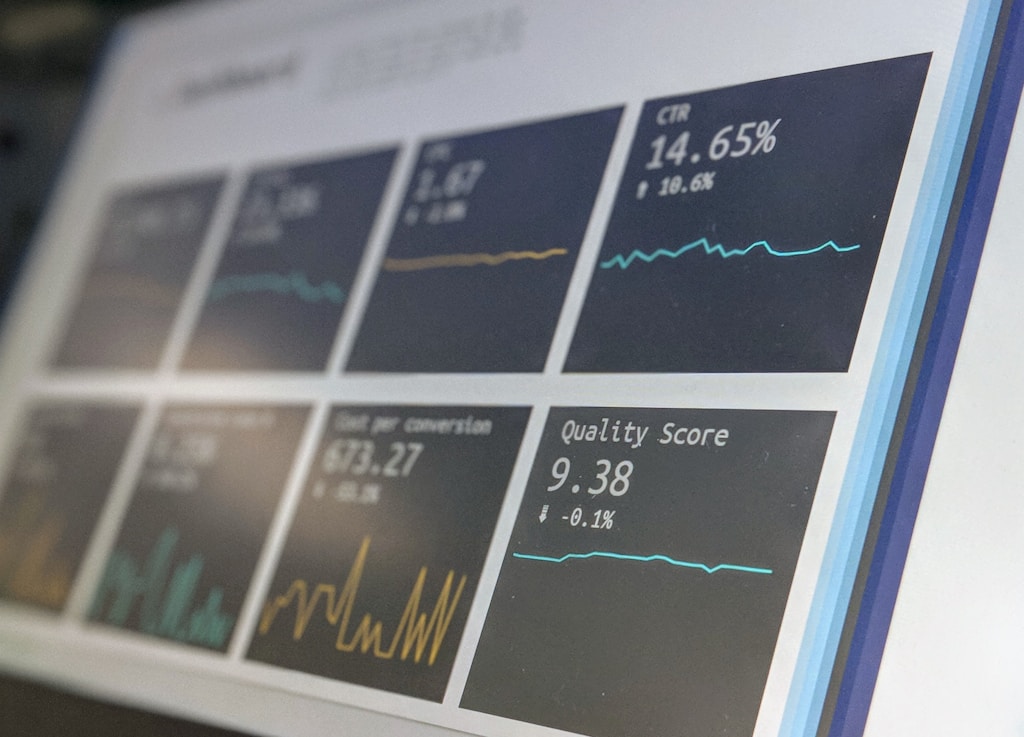
Banking sector is undergoing a monumental transformation, spearheaded by the integration of opti-channel strategies (https://livebank24.com/optichannel/). This innovative approach is not merely a trend but a substantial shift in how banks interact with their customers, offering personalized experiences that are reshaping the future of banking. The concept of Opti-Channel banking transcends traditional and digital banking paradigms, focusing on optimizing the customer journey through the most appropriate channel based on their preferences, behavior, and the context of their needs.
The Emergence of Opti-Channel Banking
The inception of opti-channel banking is a response to the growing demand for personalized and seamless customer experiences. Unlike multi-channel and omni-channel strategies that emphasize the presence across various platforms, Opti-Channel banking prioritizes the effectiveness and efficiency of each interaction, ensuring that customers are engaged through the best possible medium.
Personalization at the Core
At the heart of Opti-Channel banking is personalization. By leveraging advanced analytics, artificial intelligence, and machine learning, banks can now understand their customers in unprecedented depth. This data-driven insight allows for the delivery of tailored services and products, enhancing customer satisfaction and loyalty.
Enhancing Customer Engagement
Opti-Channel banking significantly amplifies customer engagement (https://livebank24.com/customer-support/). By identifying the most effective channels for communication, whether it be through mobile apps, online banking, social media, or traditional in-branch visits, banks can ensure that each customer interaction is meaningful and impactful. This approach not only improves the customer experience but also boosts operational efficiency.
The Role of Technology
Technology plays a pivotal role in the execution of opti-channel strategies. From sophisticated CRM systems to cutting-edge digital platforms, the technological infrastructure of a bank must be robust enough to support real-time data analysis and seamless integration across all channels. This enables banks to deliver a consistent and personalized customer experience, regardless of how or where the customer chooses to engage.
Security and Compliance
With the increase in digital interactions, security and compliance remain paramount in Opti-Channel banking. Banks must implement advanced security measures to protect sensitive customer data and ensure compliance with regulatory requirements. This not only safeguards the financial assets but also builds trust and confidence among customers.
Future Trends in Opti-Channel Banking
Looking ahead, Opti-Channel banking is set to redefine the financial landscape. We anticipate the integration of emerging technologies such as blockchain, Internet of Things (IoT), and 5G connectivity, which will further enhance the personalization and efficiency of customer experiences. Furthermore, the emphasis on sustainability and ethical banking practices will likely influence Opti-Channel strategies, aligning them with broader social and environmental goals.
Conclusion
Opti-Channel banking represents a paradigm shift in the financial industry, moving towards a more customer-centric model. By embracing this approach, banks can not only meet but exceed the evolving expectations of their customers, providing them with personalized, efficient, and secure banking experiences. As technology continues to advance, Opti-Channel strategies will become increasingly sophisticated, further transforming the future of banking – https://livebank24.com/.
